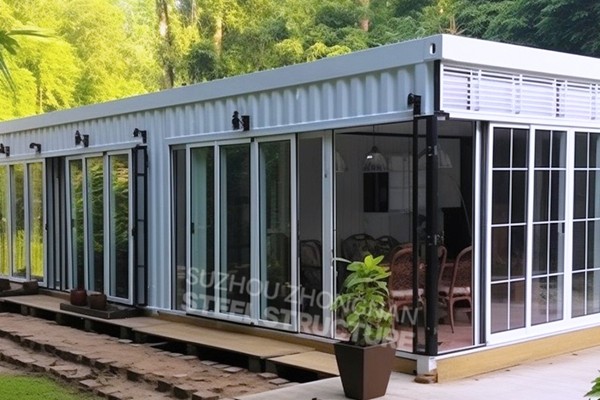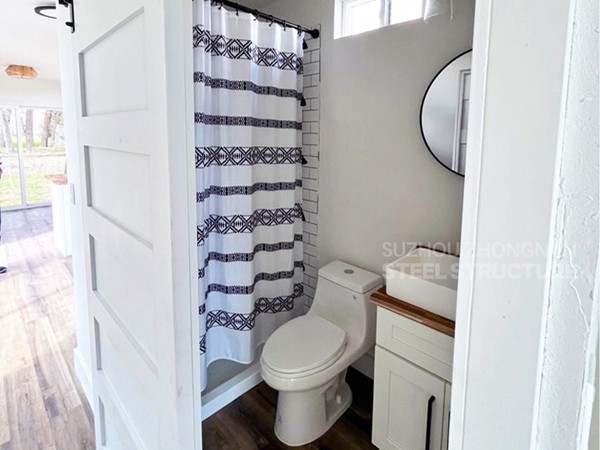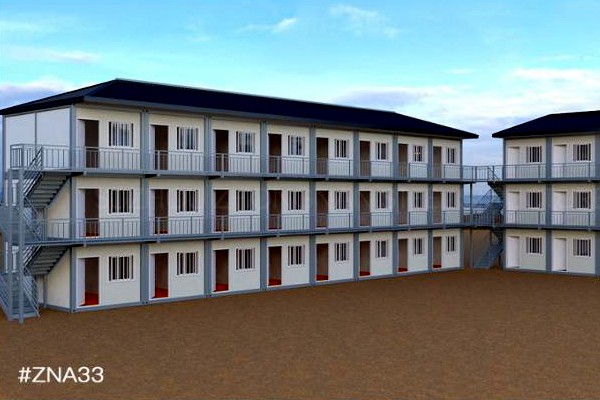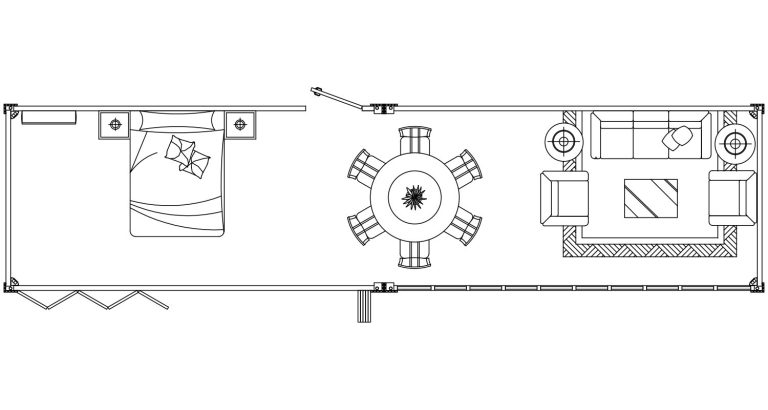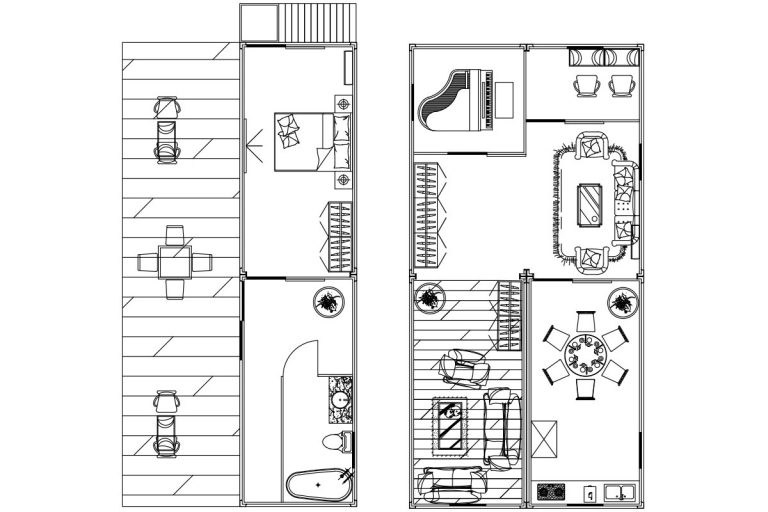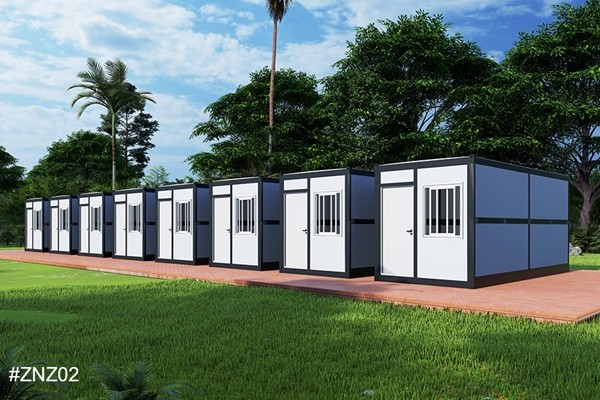converted shipping containers homes
In today's ever-evolving housing market, transformed shipping container homes have emerged as a robust solution, reflecting a blend of innovation and sustainability. These unique domiciles not only stand out for their aesthetic appeal but also for their practicality in addressing various housing needs. Let’s explore the intricacies that make converted shipping container homes a fascinating topic for homeowners and potential investors alike.
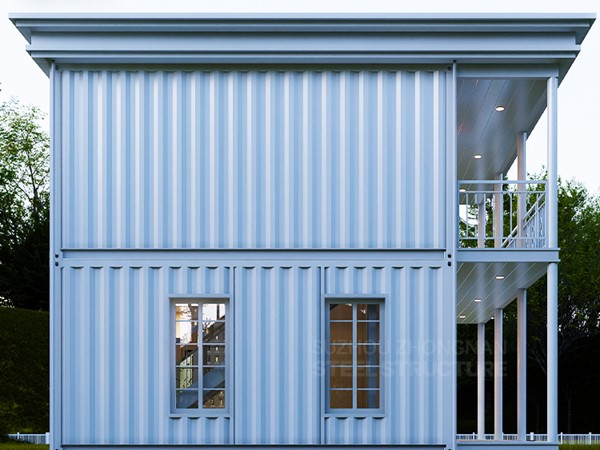
The revolution of container homes taps into the concept of sustainable living. As professionals in the field emphasize, the reuse of shipping containers significantly reduces carbon footprints. Unlike traditional construction materials, which often involve intensive resource extraction and energy consumption, using containers capitalizes on upcycling. This concept is not just a trend but an embodiment of sustainable architecture, which appeals to environmentally-conscious homeowners.
Moreover, the strength and durability of shipping containers are unparalleled. Experts in structural engineering highlight the robust nature of these steel boxes that are designed to withstand harsh marine environments. This resilience makes them ideal for constructing homes that are not only durable but also highly secure. In areas prone to extreme weather, container homes offer an extra layer of protection, giving residents peace of mind.
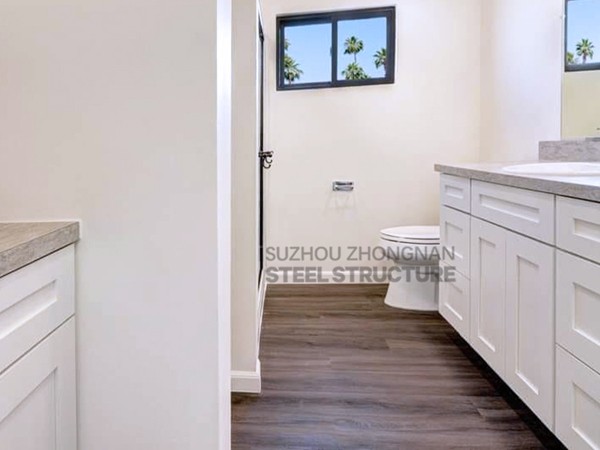
Beyond sustainability and strength, the versatility of shipping container homes is particularly noteworthy. Architects have the creative leeway to design spaces that range from minimalist studios to expansive family homes with multiple rooms and levels. This customization is facilitated by the modular nature of containers, which can be stacked or arranged to suit varying spatial needs and aesthetic preferences. Property developers are increasingly acknowledging this flexibility, creating bespoke designs that cater to an array of tastes and requirements.
The cost-effectiveness of container homes cannot be overstated. Traditional housing construction is laden with unforeseen expenses and delays, whereas shipping container homes typically have a more predictable budgeting framework. Financial experts assert that the streamlined construction process of container homes—where much of the fabrication can occur off-site—reduces labor costs and minimizes construction time. This efficiency makes container homes particularly appealing to those seeking affordable housing solutions without compromising on quality or design.converted shipping containers homes
A critical advantage that bolsters the appeal of shipping container homes is their compliance with zoning regulations and building codes. In regions where building space is at a premium, these compact, innovative solutions align well with urban planning initiatives. Governments and municipalities are gradually easing restrictions, a testament to the growing recognition of container homes as viable housing options. This acknowledgment is crucial in fostering trust among potential homeowners who may be wary of unconventional housing options.
Real-life testimonials provide firsthand accounts of the enriching living experiences within shipping container homes. Occupants frequently report a notable reduction in energy bills due to the energy-efficient features that can be incorporated into these homes, such as solar panels and high-grade insulation. This further enhances the long-term savings, making container homes an even more attractive investment.
In the realm of modern housing, converted shipping container homes represent a convergence of environmental sensibility, economic pragmatism, and architectural innovation. The sector's growth is supported by a vibrant community of designers, builders, and advocates who continuously push the boundaries of what is possible. Their expertise and dedication uphold the credibility and authority of this housing alternative, building trust with each successful project.
In summary, shipping container homes offer a unique blend of durability, flexibility, and sustainability. They present a compelling opportunity for anyone exploring new housing avenues or investment prospects. This forward-thinking approach to living not only meets the challenges of today’s housing demands but also paves the way for a more sustainable and efficient future.

